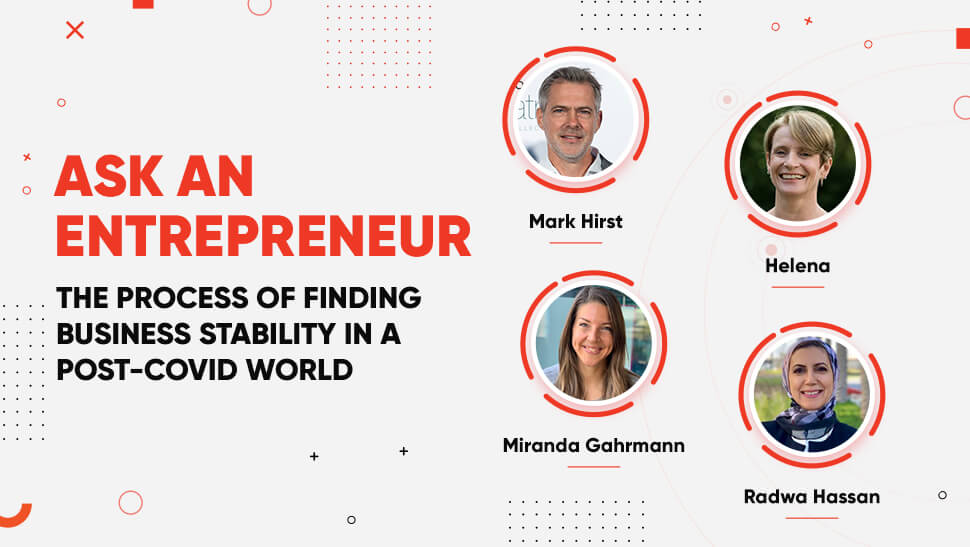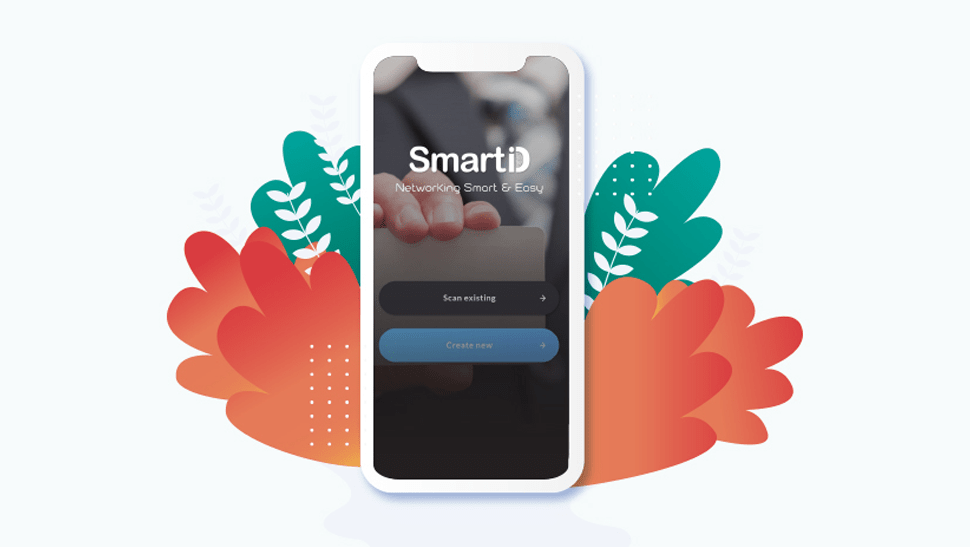The Coronavirus pandemic has been a testing time for businesses, globally. From Tourism to Oil, industries have faced significant financial problems. Businesses have gone through massive layoffs, while some have reduced operations due to budget cuts.
Now, we are seeing a resurgence of businesses, as they adapt to the new normal that has been forced onto us by the pandemic. Businesses are leveraging technologies to pivot and change the way they operate.
As such, Tekrevol has partnered with entrepreneurs across the globe to gain insights on how businesses can find stability as they look to move past the struggles levied upon them by the Covid-19 pandemic.
Let’s take a look at what leading entrepreneurs believe businesses need to do to find stability in a post-Covid world.

The Future is Digital
Miranda Gahrmann – Global SEO Manager At Randstad
Many companies were hit hard by COVID-19, especially sectors such as tourism, events, and catering. Other sectors – mainly in the digital and e-commerce field – saw their business grow very rapidly as more consumers were staying home and browsing online. While the future is always uncertain for entrepreneurs, we want to build our companies so that they can handle any crisis and quickly adapt where necessary.
To build a more stable future for your company, it’s important to reflect on and learn from the past. Over the past year, we have learned that it is not necessary to work in an office, meaning we can hire anyone anywhere in the world. This opens a larger market of potential talent to work for you, as well as more competitive pricing for hiring skilled labor.
With employee costs being among a company’s highest, the crisis also taught us that it is preferable to scale up flexibility in terms of hours or resources as needed but scale them down during a crisis. There is a fine line, however, between this and employee rights. Although hiring contractors or freelancers offers more flexibility, they might be less connected to the company than an employee. Therefore, it is desirable to find a good balance between employees and contractors.
The COVID-19 era has also made it clear that an online presence is needed to reach an audience that doesn’t visit your local shop or business. For shops, make sure you have an online shop that is easy to find. For businesses, optimize your website and Google My Business account.
The most important lesson is to be flexible. The future will always have surprises, but it’s how we deal with them that matters. With COVID-19, we saw local businesses starting delivery services and yoga studios starting online classes. That flexibility can save a business and even lead to further growth.

Modern Technology As A Silver Lining
Mark Hirst – MD At BlueBeetle
As much as we’d like to think we’ll be getting back to normal once enough people are vaccinated. It’s more than likely that the world is forever changed—social distancing, masks, washing hands, etc. will be part of the new normal.
Digital transformation, therefore, is a must if you want to find business stability henceforth. There are some positive side effects to this, especially for our planet. Back in 2019, I outlined four things SME’s can do to help the environment, and two of them (namely “Meet Online” and “Embrace Remote Work”) are now very relevant to finding business stability in a Post-Covid world too.
Remote working and meeting online rather than in person will go a long way to keeping people safe while at the same time improving work-life balance and boosting productivity. Rather than wait for the world to go back to the way it was before, make the required process changes and investments to keep you and your team productive, no matter where they are.
It’s easier than ever to take your business online and if you’ve not done it already, now is the time to start. Think about which processes and procedures can be automated using digital triggers and workflows. Look for opportunities where contactless interactions can replace current physical touchpoints. Think online payments, digital signing, and QR code access and so on.
Of course, the aim is not to get rid of all human interaction, but instead to reduce it to a point where only the essential high-value, relationship building and nurturing interactions remain while the business process steps happen quietly and efficiently in the background.

Pivoting Your Business To Meet Evolving Consumer Needs.
Helena Cuenat – Founder At Identifyaction
In so many ways, 2020 has been a challenging year. As we emerge into increased normalcy in our day-to-day lives, the business landscape has indubitably evolved. However, the key to building a strong foundation for 2021 for Identify Action was taking the time to refine our value proposition.
This has helped us convert our long nurture leads from the tail-end of 2020 into real converted deals at the start of 2021. Focusing on how we add value to an evolving landscape has aided us in maintaining balance in a time of instability. Whether choosing to use tools, like the Value Proposition Canvas, or simply taking a moment to revisit your value offering, you need to ensure you are responding to the current situation. This doesn’t relegate strategy but rather ensures that your strategy adapts to your business offering.
Moreover, a key component in discovering your value offering is the comprehension of the demands of customers without compromising your business pillars and values. For instance, IDA would not be able to offer the same value in our process mapping workshops if we completely shifted to virtual offerings. We identified and pursued value-adding opportunities, such as offering facilitated E-learning courses, without undercutting our offerings.
Trusting the process of continuous development is paramount to surviving and succeeding. Throughout the pandemic, we focused on following our processes to set ourselves up for success. By trusting our processes, we have emerged strong and energized.

Radwa Hassan – Co-founder At LEADiN ME
2020 to business was like a marathon that you got pulled into while you were walking your dog, yet not knowing how long this marathon will last! Like big companies, highly fit people had enough resilience to get through it, but many small and medium businesses struggled. Now is the question of recovering after the long run! There are short and long-term recovery strategies. A starting point should be going first to the drawing board to understand where the damage happened. The business model agility is one factor or a competitor with a better product or just the service’s interest like the travel industry’s case.
Looking at your short-term quick wins, you need to:1-Be closer to your team, make frequent informal and virtual interlocks with your team to make sure they are holding up and still motivated. 2-Act fast; this is the core of agility; even if you reshape your long-term strategies, you need to replicate past sales plays that proved to build pipeline and revenue. 3-Quick customer surveys to get your customer’s sentiment on what is happening in their world or how your service can help their business.
Where possible, schedule virtual or face-to-face meetings with your key clients and ensure you reinforce your commitment to their business’ success. 4-Go Digital, all the way, do a quick upskilling for your team if needed to make sure you are all set digitally. If need be, subcontract a talented digital pro to help you with that. COVID has taken us fast forward into the future, so to look at the long term, you may need to revisit all your strategies, supply chain, digitalization, and automation.
Last but not least, your communication channels’ effectiveness and tone of voice. As a startup, you have the competitive advantage of being lightweight, unlike big organizations. This edge enables you to change and test your operating model much more manageable. It’s a learning journey, and everyone has their learning curve, so change, test, apply, and win. It is a big classroom anyway.

 1909 Views
1909 Views March 2, 2021
March 2, 2021









